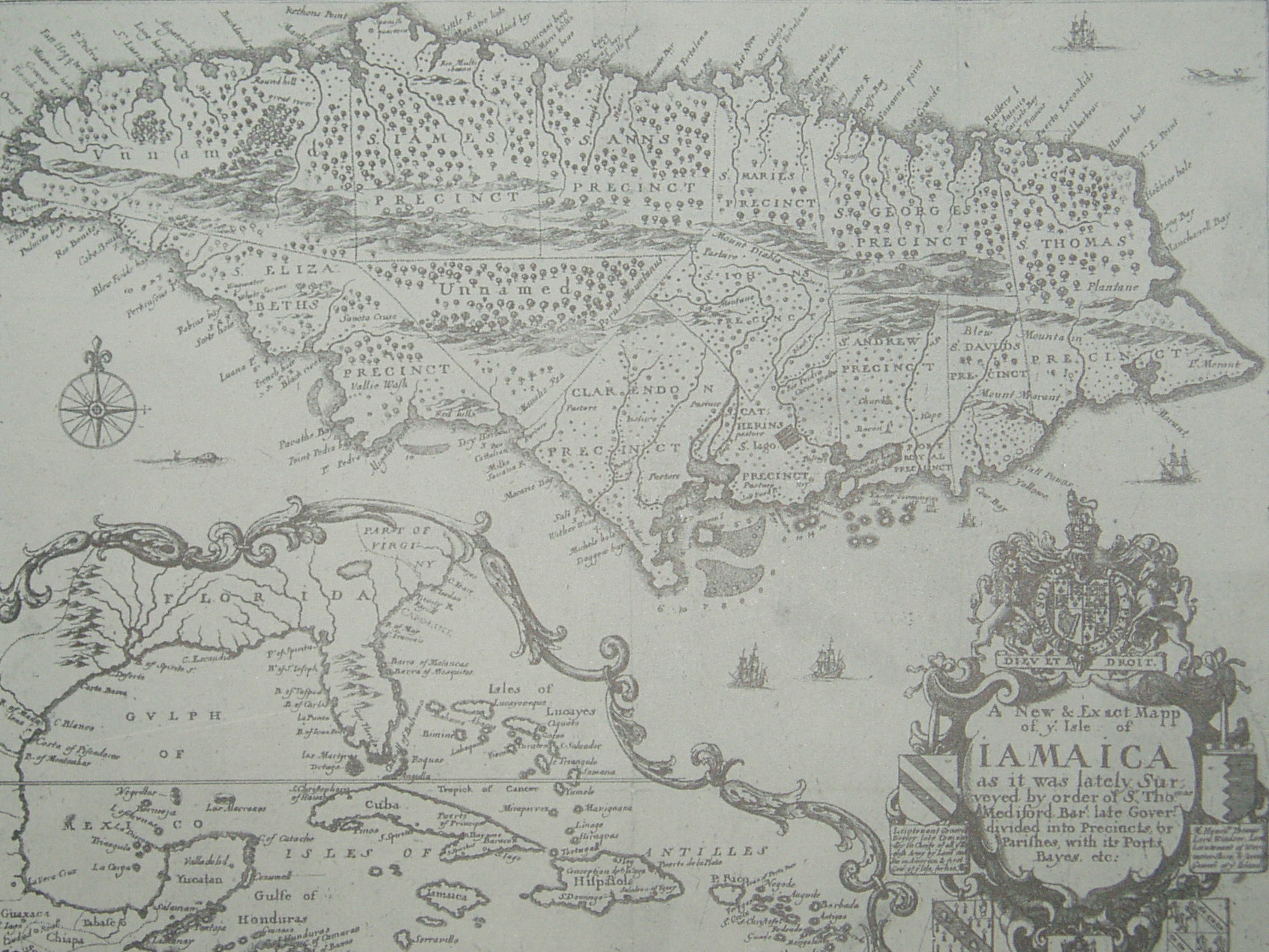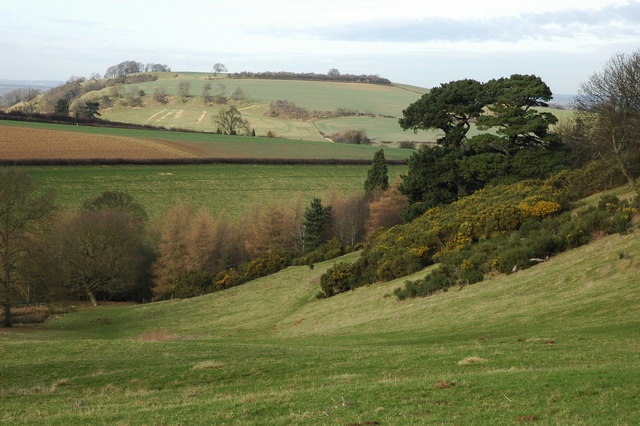|
George Nedham
George Nedham (Needham) was a supporter of the Royalist cause during the English Civil War who, following their defeat at the Battle of Worcester in 1651, emigrated to the West Indies. First he went to Antigua, and later migrated to Jamaica. Here he married the daughter of Governor Thomas Modyford and became a prominent planter in the colony. In 1677 he was returned, alongside Fulke Rose, as a representative of Saint Thomas in the Vale Parish in the House of Assembly of Jamaica The House of Assembly was the legislature of the British colony of Jamaica. It held its first meeting on 20 January 1664 at Spanish Town. Cundall, Frank. (1915''Historic Jamaica''.London: Institute of Jamaica. p. 15. As a result of the Morant Ba ....America and West Indies: September 1677 British History Online Fami ...
|
English Civil War
The English Civil War (1642–1651) was a series of civil wars and political machinations between Parliamentarians (" Roundheads") and Royalists led by Charles I ("Cavaliers"), mainly over the manner of England's governance and issues of religious freedom. It was part of the wider Wars of the Three Kingdoms. The first (1642–1646) and second (1648–1649) wars pitted the supporters of King Charles I against the supporters of the Long Parliament, while the third (1649–1651) saw fighting between supporters of King Charles II and supporters of the Rump Parliament. The wars also involved the Scottish Covenanters and Irish Confederates. The war ended with Parliamentarian victory at the Battle of Worcester on 3 September 1651. Unlike other civil wars in England, which were mainly fought over who should rule, these conflicts were also concerned with how the three Kingdoms of England, Scotland and Ireland should be governed. The outcome was threefold: the trial of and ... [...More Info...] [...Related Items...] OR: [Wikipedia] [Google] [Baidu] |
Battle Of Worcester
The Battle of Worcester took place on 3 September 1651 in and around the city of Worcester, England and was the last major battle of the 1639 to 1653 Wars of the Three Kingdoms. A Parliamentarian army of around 28,000 under Oliver Cromwell defeated a largely Scottish Royalist force of 16,000 led by Charles II of England. The Royalists took up defensive positions in and around the city of Worcester. The area of the battle was bisected by the River Severn, with the River Teme forming an additional obstacle to the south-west of Worcester. Cromwell divided his army into two main sections, divided by the Severn, in order to attack from both the east and south-west. There was fierce fighting at river crossing points and two dangerous sorties by the Royalists against the eastern Parliamentary force were beaten back. Following the storming of a major redoubt to the east of the city, the Parliamentarians entered Worcester and organised Royalist resistance collapsed. Charles II was able ... [...More Info...] [...Related Items...] OR: [Wikipedia] [Google] [Baidu] |
West Indies
The West Indies is a subregion of North America, surrounded by the North Atlantic Ocean and the Caribbean Sea that includes 13 independent island countries and 18 dependencies and other territories in three major archipelagos: the Greater Antilles, the Lesser Antilles, and the Lucayan Archipelago. The subregion includes all the islands in the Antilles, plus The Bahamas and the Turks and Caicos Islands, which are in the North Atlantic Ocean. Nowadays, the term West Indies is often interchangeable with the term Caribbean, although the latter may also include some Central and South American mainland nations which have Caribbean coastlines, such as Belize, French Guiana, Guyana, and Suriname, as well as the Atlantic island nations of Barbados, Bermuda, and Trinidad and Tobago, all of which are geographically distinct from the three main island groups, but culturally related. Origin and use of the term In 1492, Christopher Columbus became the first European to record his arri ... [...More Info...] [...Related Items...] OR: [Wikipedia] [Google] [Baidu] |
Antigua
Antigua ( ), also known as Waladli or Wadadli by the native population, is an island in the Lesser Antilles. It is one of the Leeward Islands in the Caribbean region and the main island of the country of Antigua and Barbuda. Antigua and Barbuda became an independent state within the Commonwealth of Nations on 1 November 1981. ''Antigua'' means "ancient" in Spanish after an icon in Seville Cathedral, "" — St. Mary of the Old Cathedral.Kessler, Herbert L. & Nirenberg, David. Judaism and Christian Art: Aesthetic Anxieties from the Catacombs to Colonialism'' Accessed 23 September 2011. The name ''Waladli'' comes from the indigenous inhabitants and means approximately "our own". The island's perimeter is roughly and its area . Its population was 83,191 (at the 2011 Census). The economy is mainly reliant on tourism, with the agricultural sector serving the domestic market. Over 22,000 people live in the capital city, St. John's. The capital is situated in the north-west ... [...More Info...] [...Related Items...] OR: [Wikipedia] [Google] [Baidu] |
Jamaica
Jamaica (; ) is an island country situated in the Caribbean Sea. Spanning in area, it is the third-largest island of the Greater Antilles and the Caribbean (after Cuba and Hispaniola). Jamaica lies about south of Cuba, and west of Hispaniola (the island containing the countries of Haiti and the Dominican Republic); the British Overseas Territory of the Cayman Islands lies some to the north-west. Originally inhabited by the indigenous Taíno peoples, the island came under Spanish rule following the arrival of Christopher Columbus in 1494. Many of the indigenous people either were killed or died of diseases, after which the Spanish brought large numbers of African slaves to Jamaica as labourers. The island remained a possession of Spain until 1655, when England (later Great Britain) conquered it, renaming it ''Jamaica''. Under British colonial rule Jamaica became a leading sugar exporter, with a plantation economy dependent on the African slaves and later their des ... [...More Info...] [...Related Items...] OR: [Wikipedia] [Google] [Baidu] |
Thomas Modyford
Colonel Sir Thomas Modyford, 1st Baronet (c. 1620 – 1 September 1679) was a planter of Barbados and Governor of Jamaica from 1664 to 1671. Early life Modyford was the son of a mayor of Exeter with family connections to the Duke of Albemarle. Barbados Modyford emigrated to Barbados as a young man with other family members in 1647, in the opening stages of the English Civil War. He had £1,000 for a down payment on a plantation and £6,000 to commit in the next three years. Modyford soon was dominant in Barbados island politics, rising to be speaker of the House of Assembly in Barbados during the reign of King Charles II, and factor for the Royal Adventurers Trading to Africa, who had a monopoly in the slave trade to the islands. By 1647, Modyford had made a fortune from sugar and slavery. In 1651, Modyford sided with the Cavaliers under Lord Francis Willoughby, 5th Baron Willoughby of Parham, as they defied Oliver Cromwell, but when a force was despatched under the com ... [...More Info...] [...Related Items...] OR: [Wikipedia] [Google] [Baidu] |
Fulke Rose
Fulke Rose (10 April 1644 – c. March 1694) was a British physician and early colonist of Jamaica. He was one of the principal buyers in Jamaica of slaves taken by the Royal African Company and had extensive land-holdings on the island. He continued to practice medicine in Jamaica and with Hans Sloane attended the former privateer Henry Morgan towards the end of Morgan's life. Early life and family Fulke Rose was born 10 April 1644 in Mickleton, Gloucestershire, to the reverend Thomas Rose and his wife Francesse Rose née Fisher. He had brothers Thomas and Francis who were resident in Jamaica, John who was a merchant in London and William who was an apothecary who was one of the parties in '' Rose v Royal College of Physicians'' (1701–03).Clark, George. (1964–66) A History of the Royal College of Physicians of London'. 2 Vols. Oxford: Clarendon Press. pp. 476-479 extracted in Peter Elmer & Ole Peter Grell (Eds.) (2004). ''Health, Disease and Society in Europe, 1500&nd ... [...More Info...] [...Related Items...] OR: [Wikipedia] [Google] [Baidu] |
Saint Thomas In The Vale Parish, Jamaica
Saint Thomas in the Vale Parish was one of the historic parishes of Jamaica created following British colonization of the Americas, colonisation of the island by the British Empire, British. It was in the centre of the island in Middlesex County, Jamaica, Middlesex County but was abolished in 1866 when it was merged into Saint Catherine Parish, Jamaica, Saint Catherine Parish. It is not to be confused with Saint Thomas in the East Parish, now just known as Saint Thomas Parish, Jamaica, Saint Thomas Parish, which was so named to differentiate the two. Representatives in the House of Assembly The parish elected two members to the House of Assembly of Jamaica. * 1677: Fulke Rose, George NedhamAmerica and West Indies: September 1677 British History Online References Exter ...
|
House Of Assembly Of Jamaica
The House of Assembly was the legislature of the British colony of Jamaica. It held its first meeting on 20 January 1664 at Spanish Town. Cundall, Frank. (1915''Historic Jamaica''.London: Institute of Jamaica. p. 15. As a result of the Morant Bay Rebellion, the Assembly voted to abolish self-governance in 1865. Jamaica then became a direct-ruled crown colony. Originally there were twelve districts represented. For many years, a high property qualification ensured that the House of Assembly was dominated by the White Jamaican planter class. However, to elect these representatives, the bar was lower for "freeholders", who just had to be white men with a house, pen or plantation, and owned black slaves.Christer Petley, ''White Fury'' (Oxford: Oxford University Press, 2018), p. 42. A law passed in 1840 allowed some blacks and mixed-race men to vote in elections to the Assembly, though they had to own property, so the white planters continued to dominate it. See also * Jamaican ge ... [...More Info...] [...Related Items...] OR: [Wikipedia] [Google] [Baidu] |




